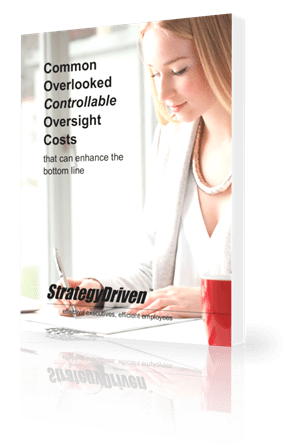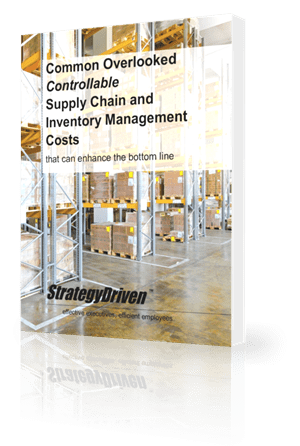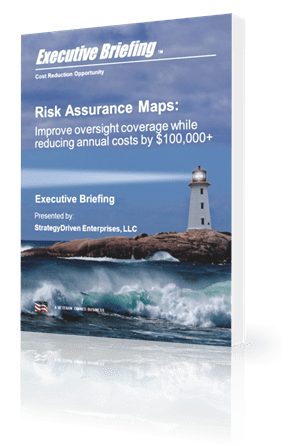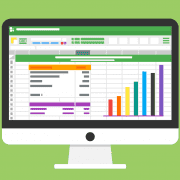What Is CFD Trading & How to Use It

What It Really Is
Contract for Difference (CFD) is an agreement between 2 parties to pay the difference between the opening and the closing price of an asset. The benefiting party is always the one that predicts the trend correctly. Using a CFD, parties can participate without owning any assets at all. Both profit and loss appear when the price of an underlying asset mentioned in a contract goes above or beyond the opening price. CFDs let you speculate on the price movement without the need to invest in ownership but oblige you to pay the difference if your prediction appears to be wrong. The bright side is that your earnings can be impressive. CFDs are usually traded throughout the day, and it’s normal to run multiple trades daily.
Here is a quick example for you to better understand the trick. Imagine that you choose a $50 stock and open a CFD position worth 10 shares. On a stock market, this would cost you $500 plus fees. When you “purchase” a CFD, you pay only a 5% margin (although this may vary), so opening a CFD for the same asset will cost you around $25. That’s 20 times less! The payment for such a level of comfort is the risk, and your reward must always cover the spread cost of your broker.
Let’s also compare this instrument to a classic stock. Imagine that the price of the stock you selected grows and reaches $55. If you owned it, your asset worth could be $550. That’s a good profit if we ignore the commission. But what happens to the CFD opened for the same asset? It generates the same profit, while the initial investment is 20 times lower. The cost-reward ratio is bigger as well as the cost-loss ratio.
Benefits of CFDs
Here is the full list of benefits offered by this arrangement:
- Low entrance costs – trading CFDs requires minimal investments. Most brokers charge very low or even zero commissions by earning on the spread instead. Its size depends on the underlying asset volatility.
- Lower day trading costs – most markets require larger initial capitals and don’t let you trade multiple positions per day until you grow big enough. CFDs don’t require asset ownership, so opening multiple positions with as little as, say, $1,000 is not a problem.
- Diverse vehicle selection – are you interested in treasury, commodities, cryptocurrencies, indexes, Forex? There’s a CFD opportunity for a large variety of asset types.
- Leveraged trading – CFDs let you apply higher leverage than any traditional instrument but keep the average margin at around 2%. Due to this, you can enter significantly larger positions and generate a larger income from day-trading. Don’t forget about the multiplied losses, though.
- Accessibility – reliable CFD brokers let you enter all the major markets and work 24 hours a day if the broker trading hours are flexible enough.
- Weaker shorting rules – generally, CFDs don’t involve higher margin requirements. You are not required to own any assets, so there’s no need for shorting rules either. This results in zero shorting costs!
Risks to Manage
Although the benefits are so great, they go hand in hand with considerable risks that you should never forget about. Here they are:
- Legislation – the legal regulations on the CFD market aren’t as well-established as in traditional markets. Finding a trustworthy broker is much more difficult, so it’s highly important to assess the financial position and credibility of many brokers before starting out.
- Margin trading – margin trading lets you increase the earnings but also draws your eyes from the total exposure. Instant losses can exceed your deposits multiple times, so stay aware.
Is It Worth It?
Like any other financial instrument, CFD isn’t for everyone. It can be risky, but it’s also manageable if you master your emotions. Do that to keep your grip cold and strong, and enjoy the benefits.











Leave a Reply
Want to join the discussion?Feel free to contribute!